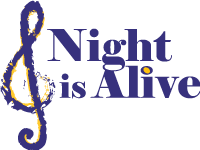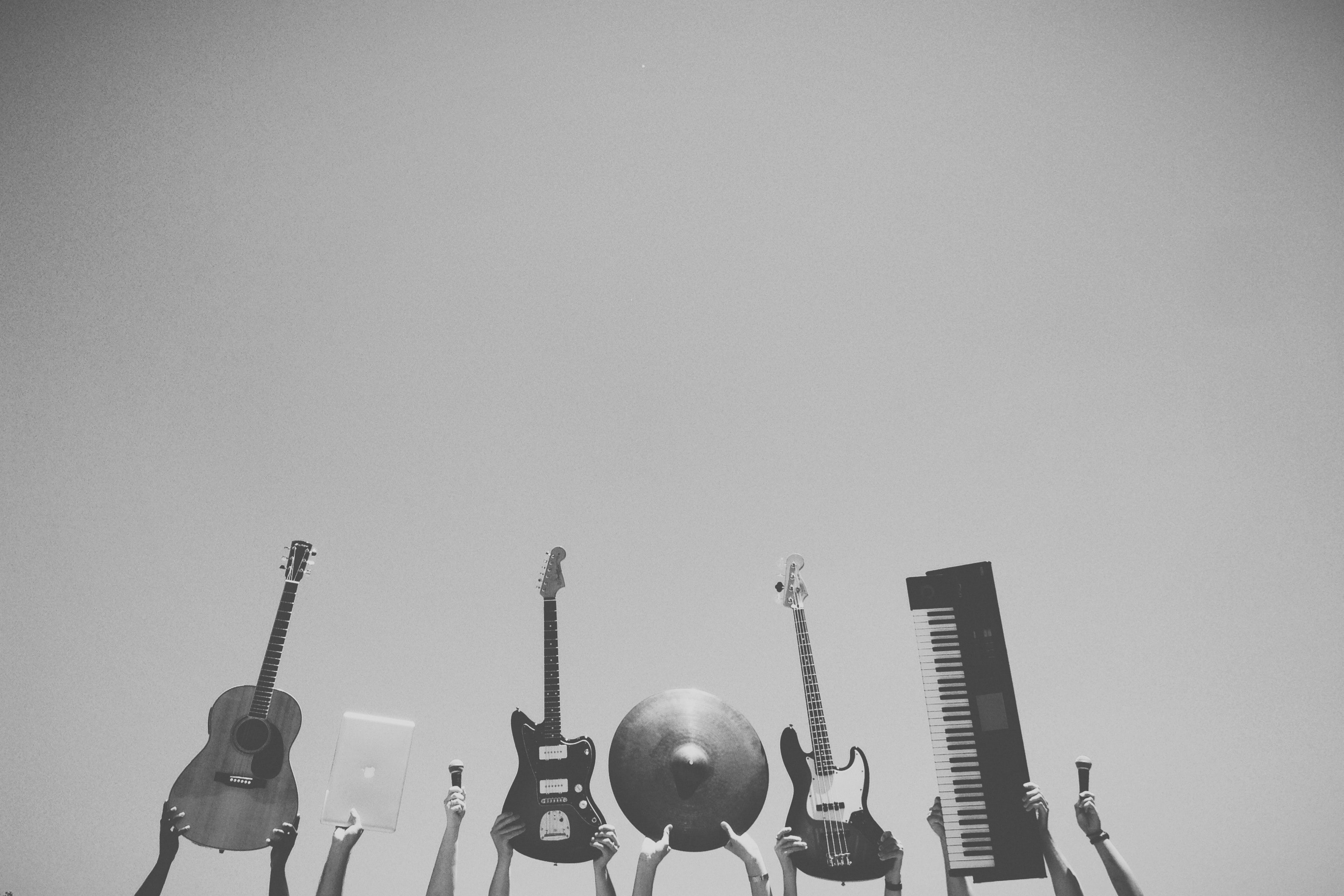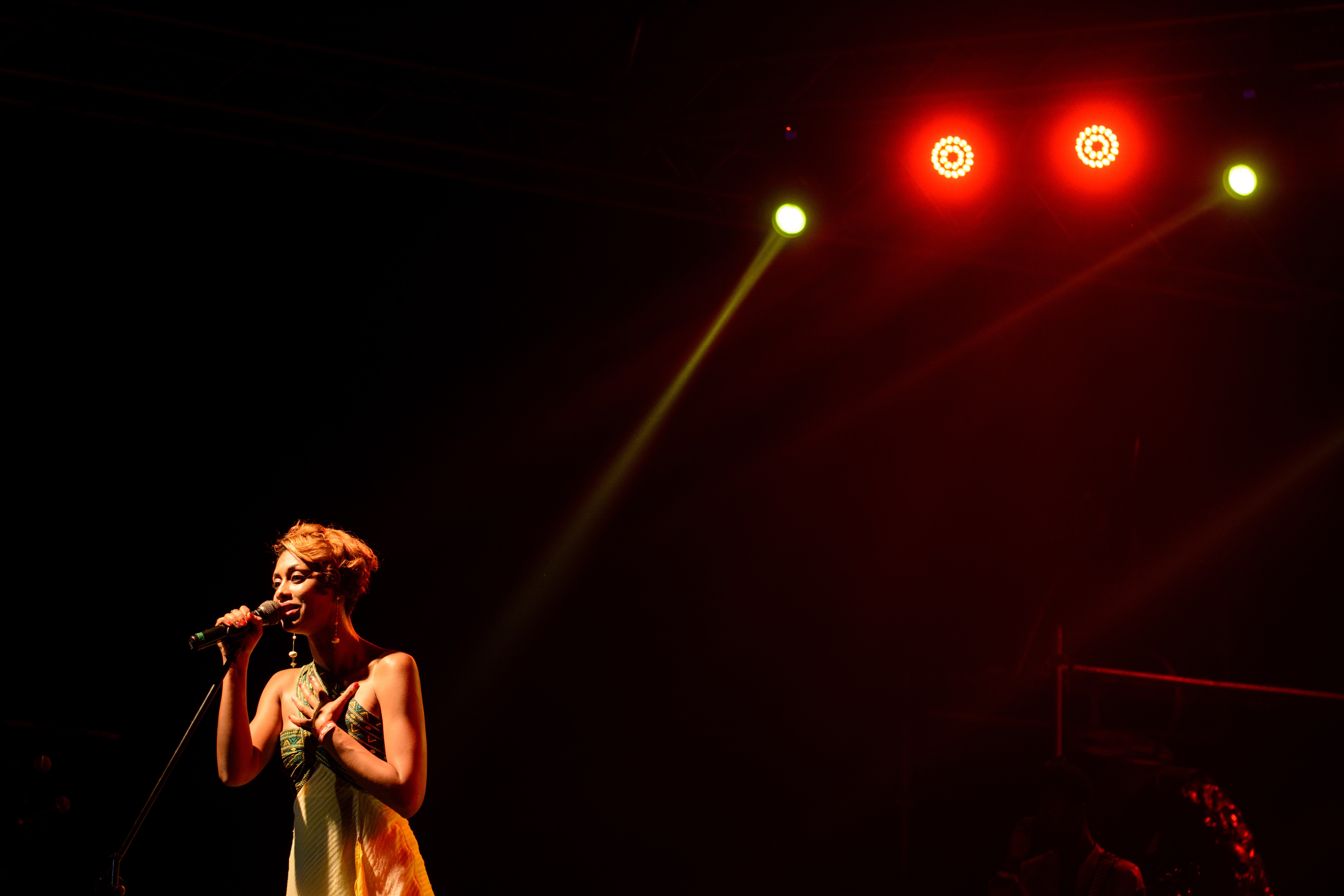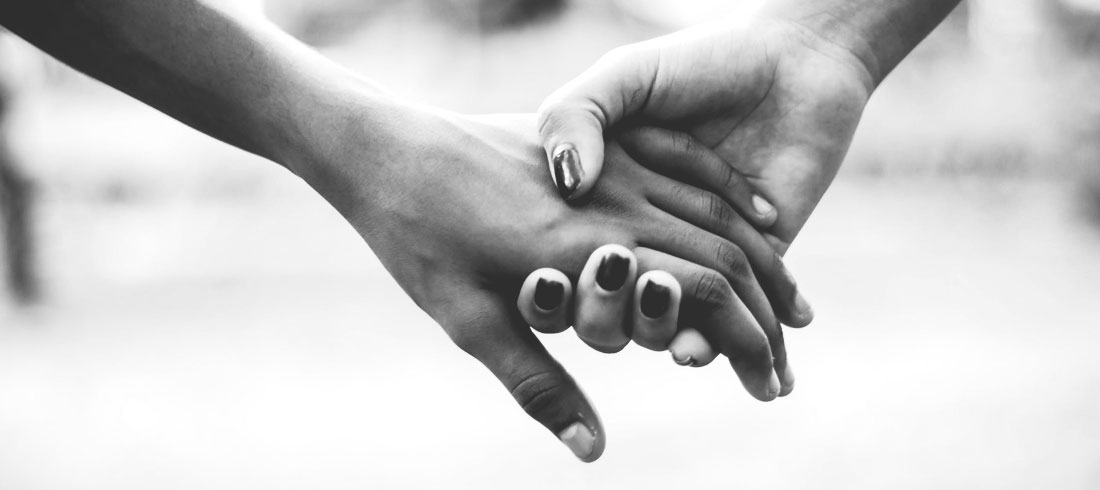Standards All Jazz Fans Should Know
If you’re a jazz fan, it is likely you already know what a jazz standard is. If so, good for you! But don’t go anywhere just yet – we have some information you might find interesting later on in this post. If you don’t know what a jazz standard is, this next paragraph is for you, so keep on reading.
A jazz standard is a song that is regularly performed or recorded by jazz artists. Because these songs are played a lot, they are easily recognized by many jazz fans or music lovers in general. Those are pretty much the basics; a jazz standard is simply a popular song that tends to frequently reappear in the repertoires of a wide range of musicians.
The one thing that even jazz fans might not know is that a standard doesn’t have to be written by a jazz composer. A number of jazz standards were originally written for Broadway or Hollywood musicals, or they were Tin Pan Alley songs. In Europe, some standards were even purported to be folk or ethnic songs.
Now that we have determined what a jazz standard is, here are some examples of popular standards all jazz fans should know. Whether you’re new to jazz or a long-time fan, we’re pretty sure you will know some of these songs.
Jazz Standards By Decade
Since there are so many songs out there, we’re going to list a few jazz standards by decade to make things a little easier.
Jazz Standards from the 1920s or The “Jazz Age”
Here are a few popular standards that originated during the 20s.
- “Sweet Georgia Brown”
- “Bye Bye Blackbird”
- “Tea For Two”
- “Someone To Watch Over Me”
- “‘S Wonderful!”
- “Mack The Knife”
- “Makin’ Whoopiee”
- “It Had To Be You”
Jazz Standards from the 1930s
Here are some jazz standards that were written in the 30s.
- “The Lady is a Tramp”
- “Isn’t it Romantic?”
- “Blue Moon”
- “Caravan”
- “Georgia on My Mind”
- “God Bless the Child”
- “The Nearness of You”
- “The Way You Look Tonight”
Jazz Standards from the 1940s
These songs were created during the 40s.
- “Come Rain or Come Shine”
- “Moody’s Mood for Love”
- “Round Midnight”
- “Stella by Starlight”
- “Take the “A” Train”
- “Too Darn Hot”
- “La Vie en Rose”
- “When You Wish Upon a Star”
Jazz Standards from the 1950s
These songs came out of the Rock ‘n’ Roll era.
- “Blue Rondo à la Turk”
- “Cry Me a River”
- “My Favorite Things”
- “In the Wee Small Hours of the Morning”
- “Desafinado”
- “Misty”
- “Take Five”
- “Fly Me to the Moon”
Jazz Standards from the 1960s
Here are a few popular tunes from the 60s.
- “Alfie”
- “The Girl from Ipanema”
- “A House Is Not a Home”
- “Linus and Lucy”
- “Moon River”
- “The Pink Panther Theme”
- “Strangers in the Night”
- “Mercy, Mercy, Mercy”
Jazz Standards from the 1970s and 1980s
These last two decades delivered a handful of hits.
Of course, this is just as small taste of the jazz standards that are out there. So tell us: what are your favorites?
Post by Devon F.











